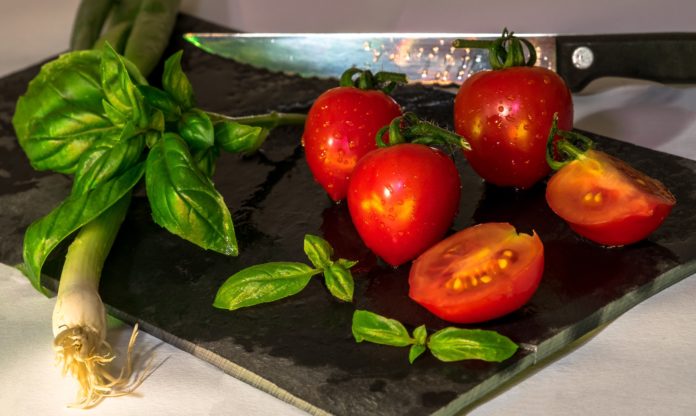Many diets and prescribed menus rely on the idea that following nature’s seasonal cycles have a positive impact on our health. This is also a leading idea in many gourmets food establishment, since using seasonal ingredients means no preservatives are necessary and the food is fresh from the farm. While seasonal food is also location-specific, it’s good to know what kind of ingredients are naturally available during which seasons:
Winter
Unsurprisingly, winter excels in root vegetables. This includes all kinds of potatoes, as well as parsnips, turnips, and carrots. Onions, leeks, and mushrooms are also available, together with beets, cabbage, broccoli, and brussels sprouts. In terms of fruits go for apples, pears, and citrus fruits to keep it seasonal.
Spring
Spring vegetables bring in some color, bright purple radishes, spring onions, and different types of green beans. This is also a great season for asparagus, with a small window for the rare white asparagus in selected locations. Add to these corn and peas, and for dessert some fresh, delicious berries.
Summer
Enjoy tomatoes and cucumbers at their peak flavor during the summer, add peppers and zucchini for some great texture. Summer fruits are a real celebration with peaches, mangos, grapes, and cherries in season.
Fall
The first thought as soon as the summer is over is pumpkins and sweet potatoes. The apples are back but the real seasonal treat, for savory or sweet, is the pomegranate.










